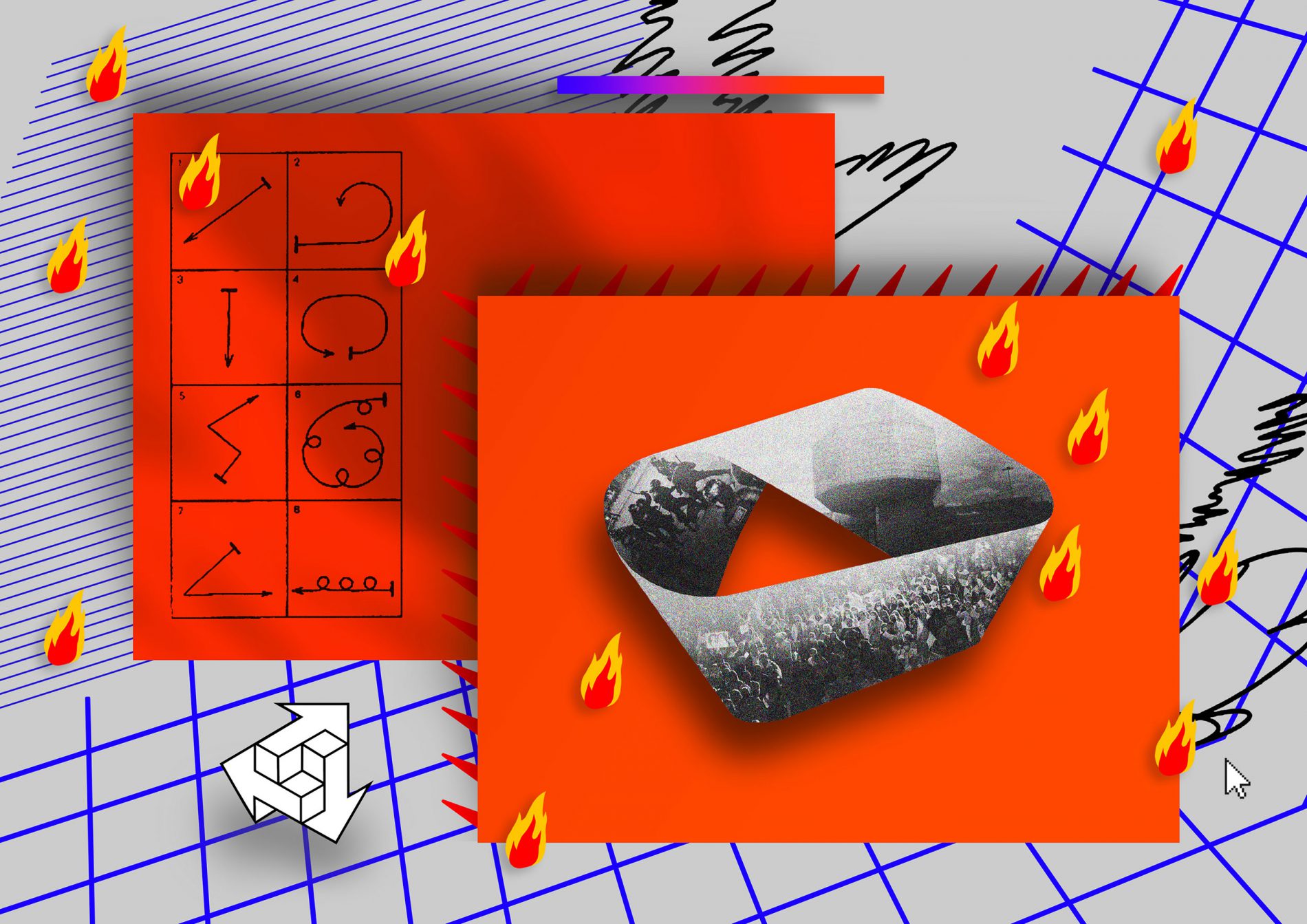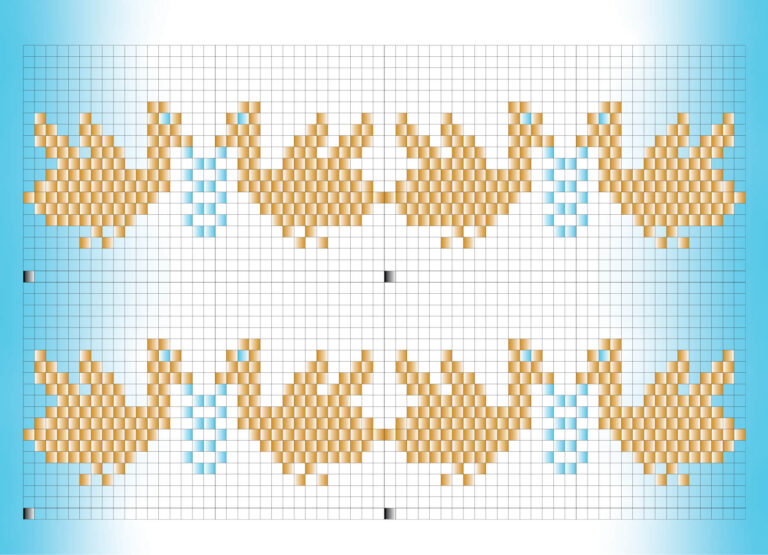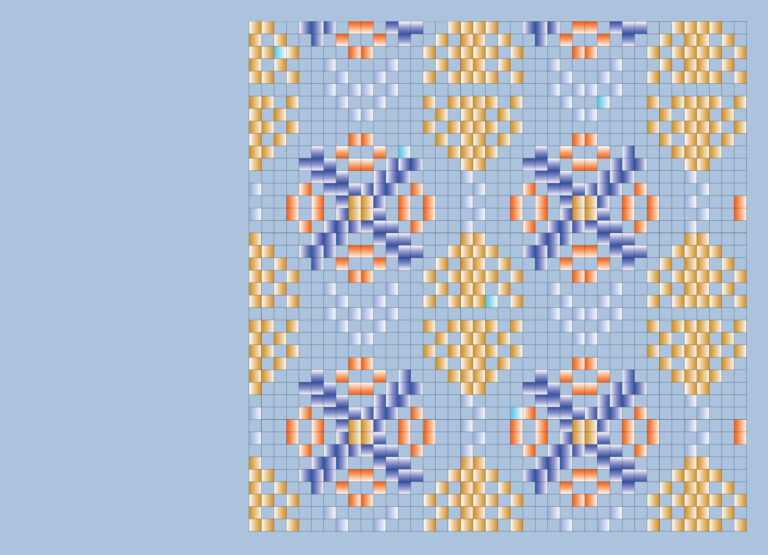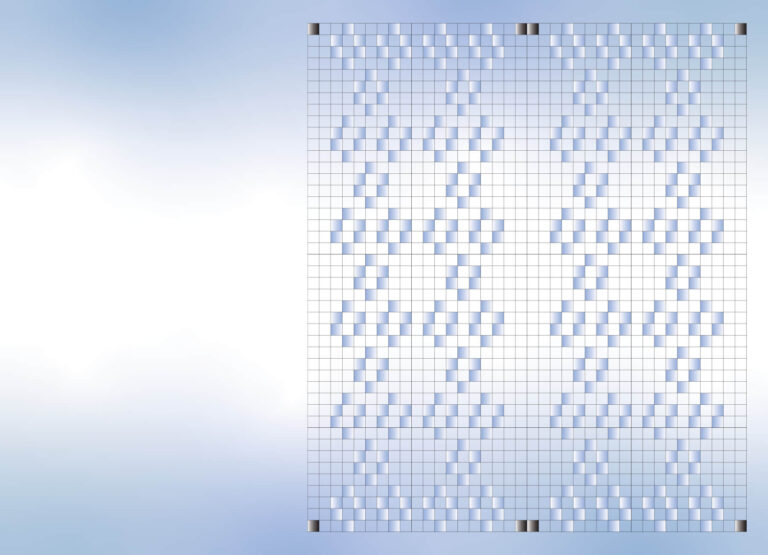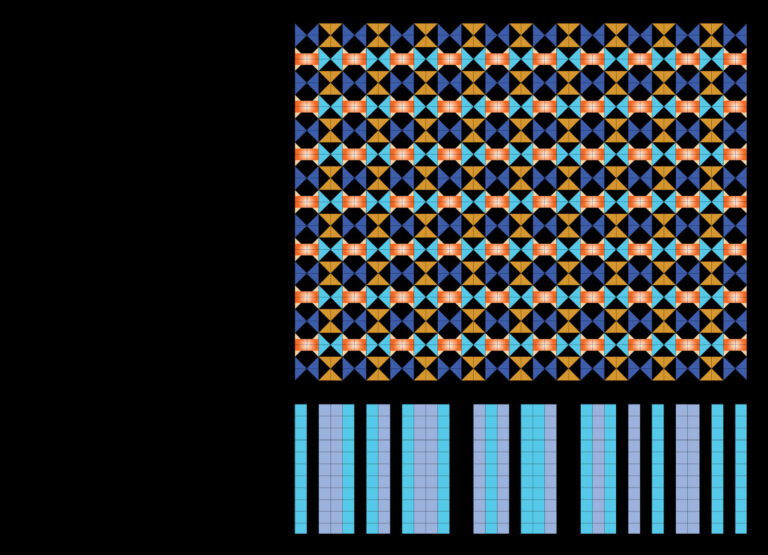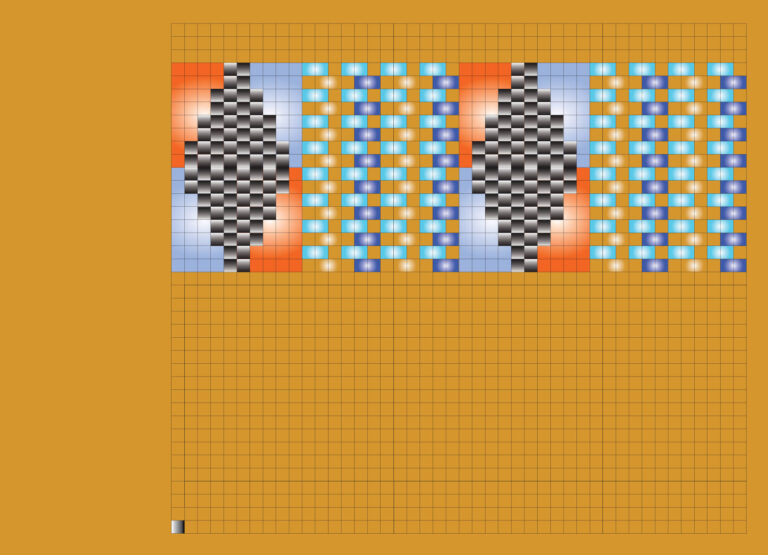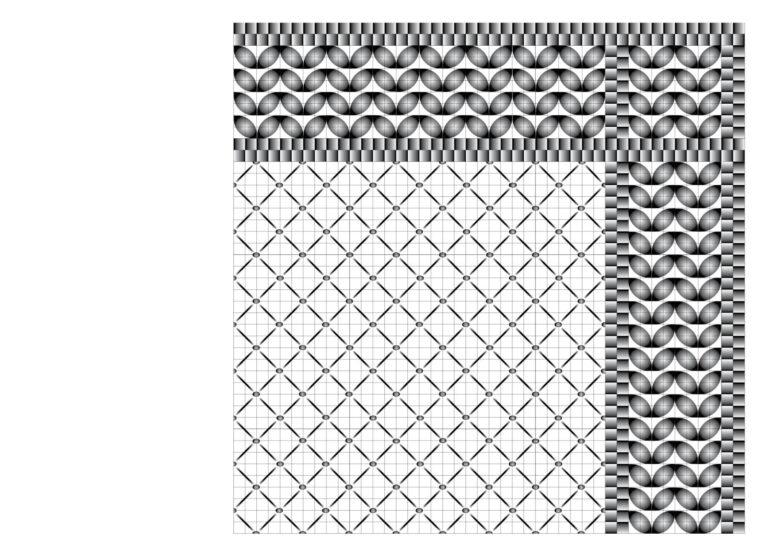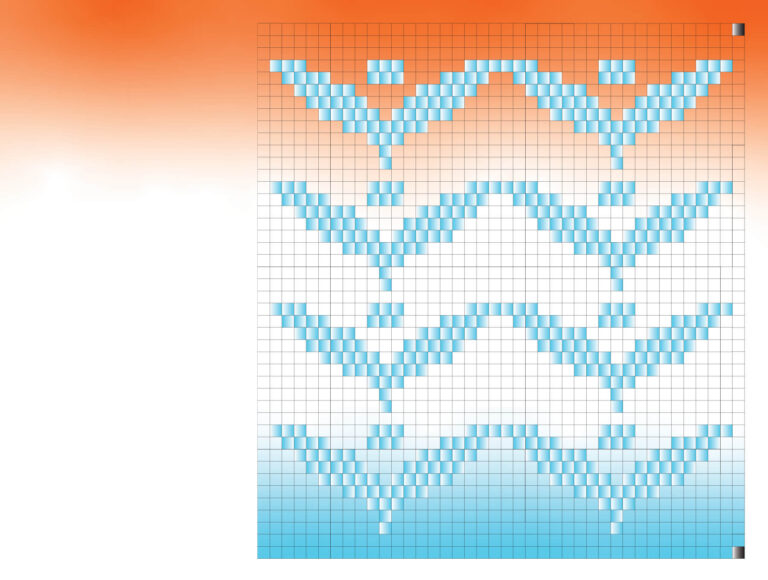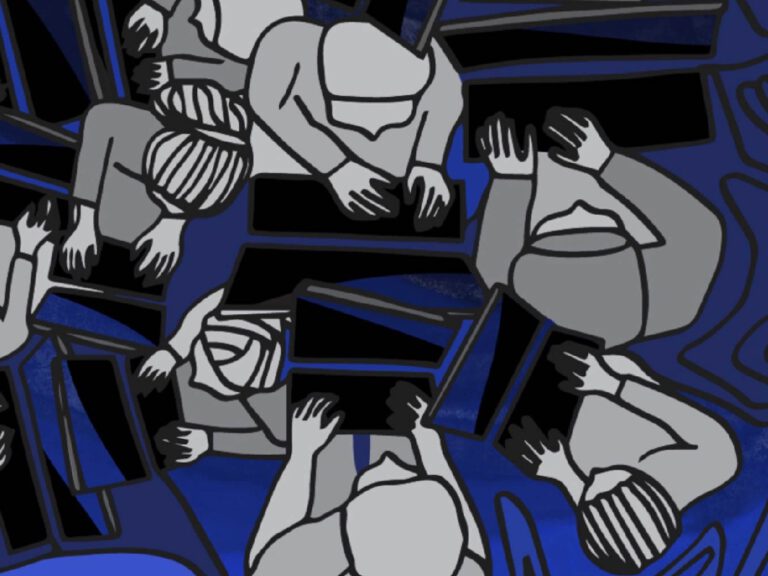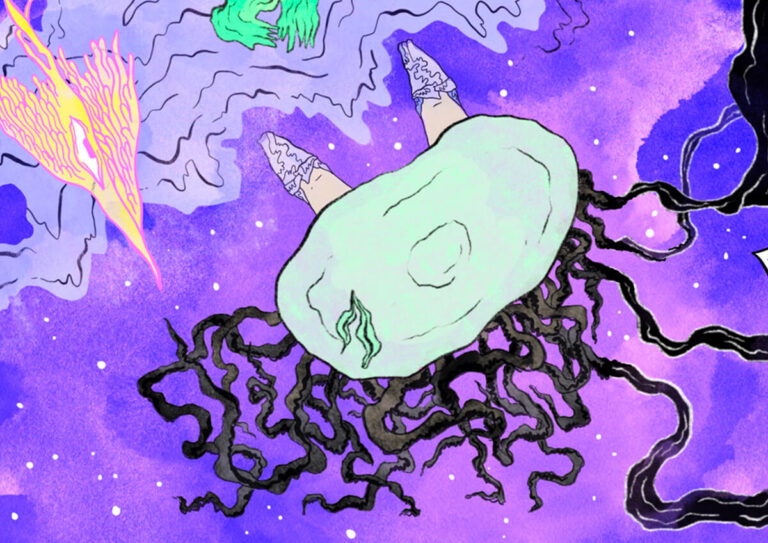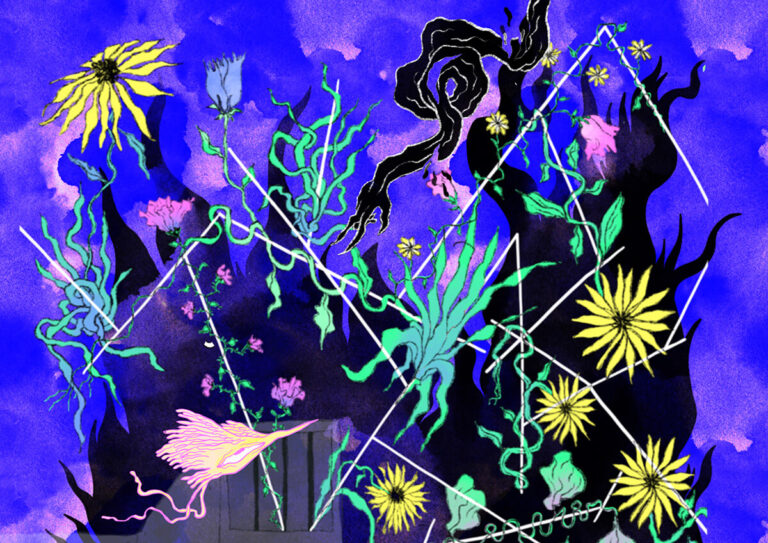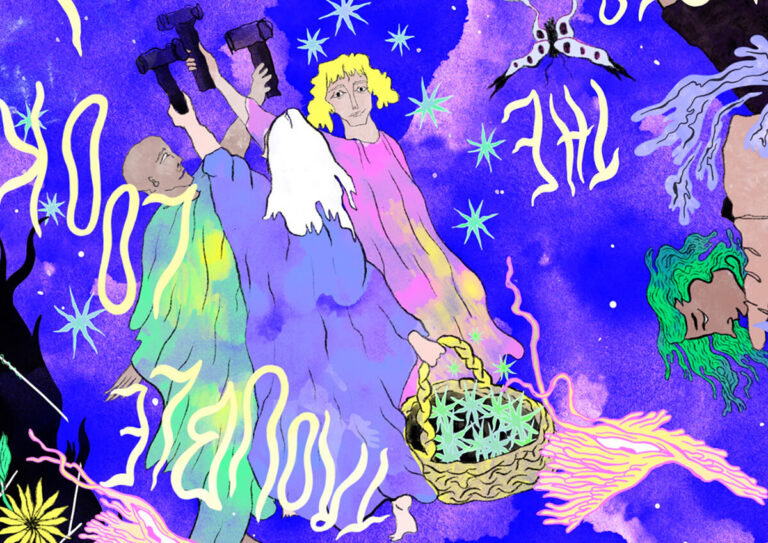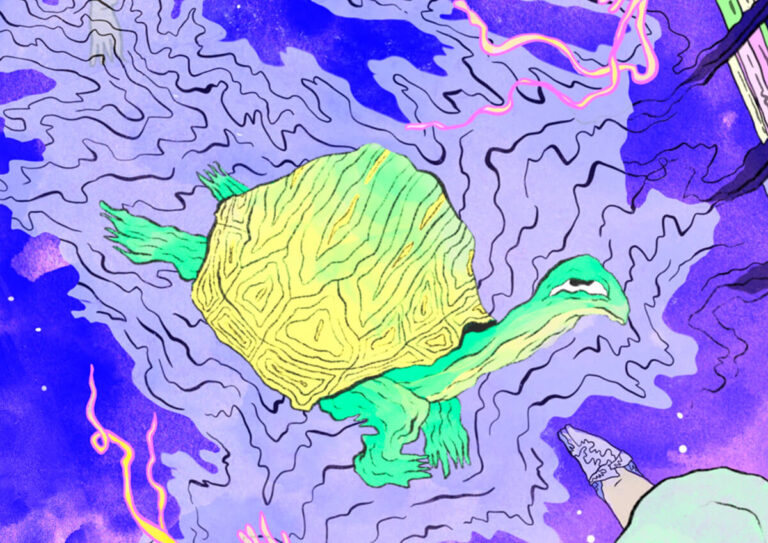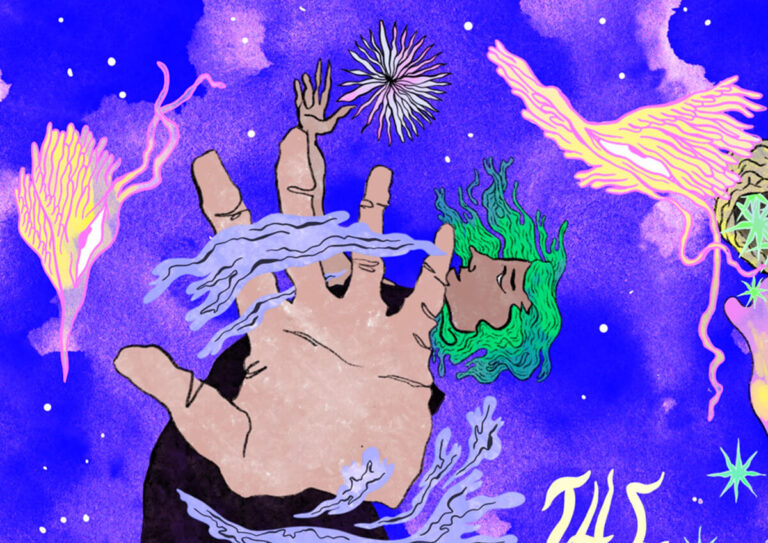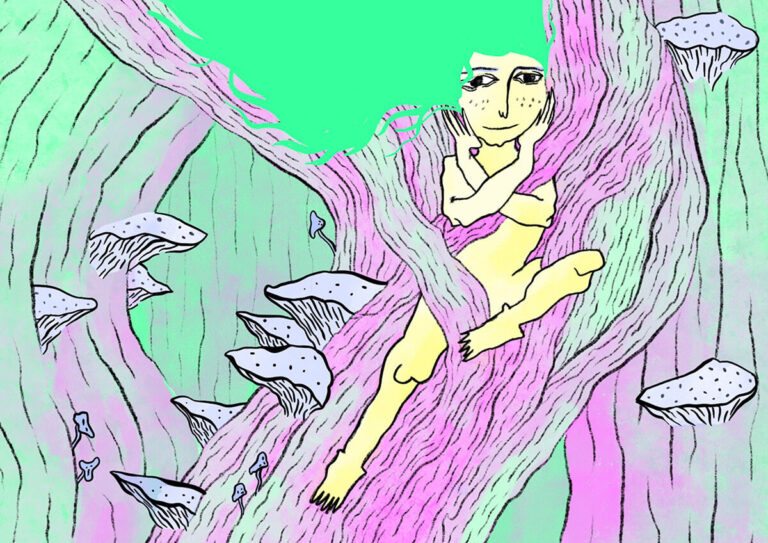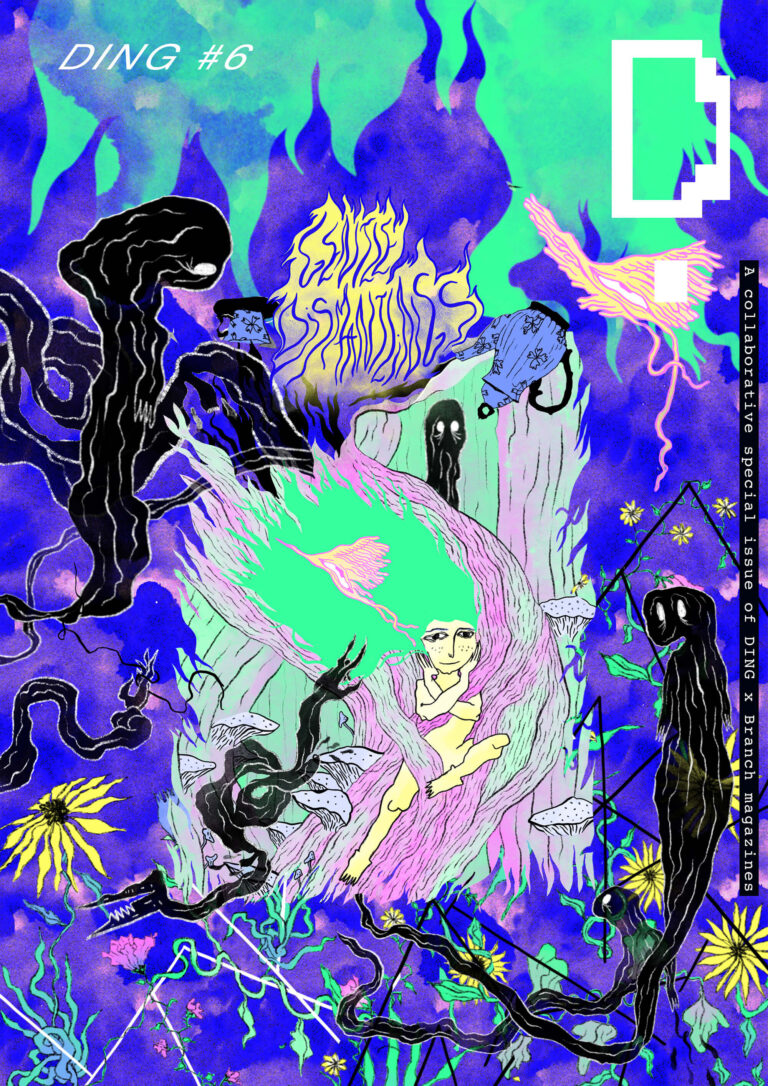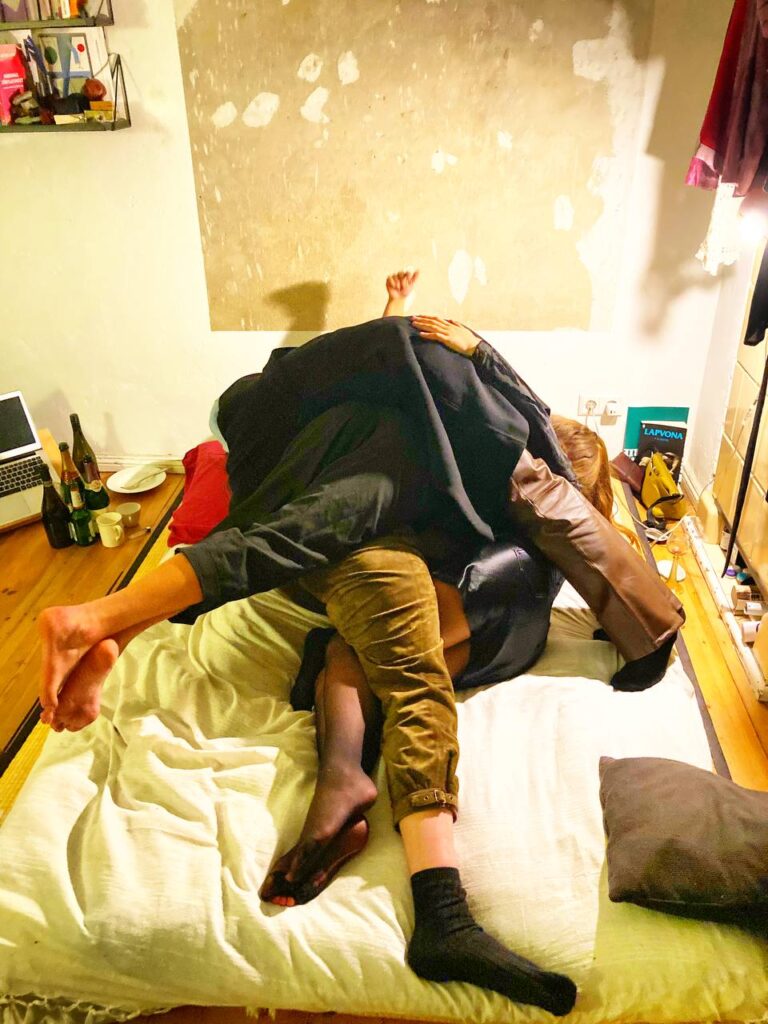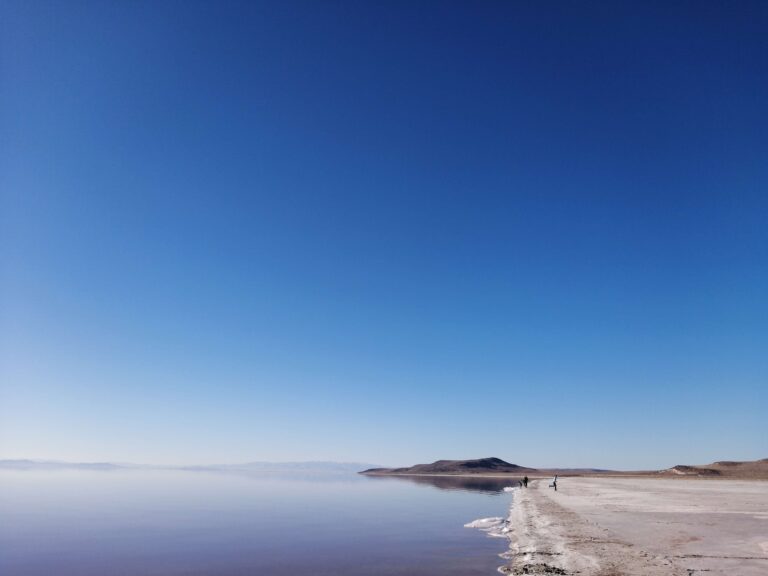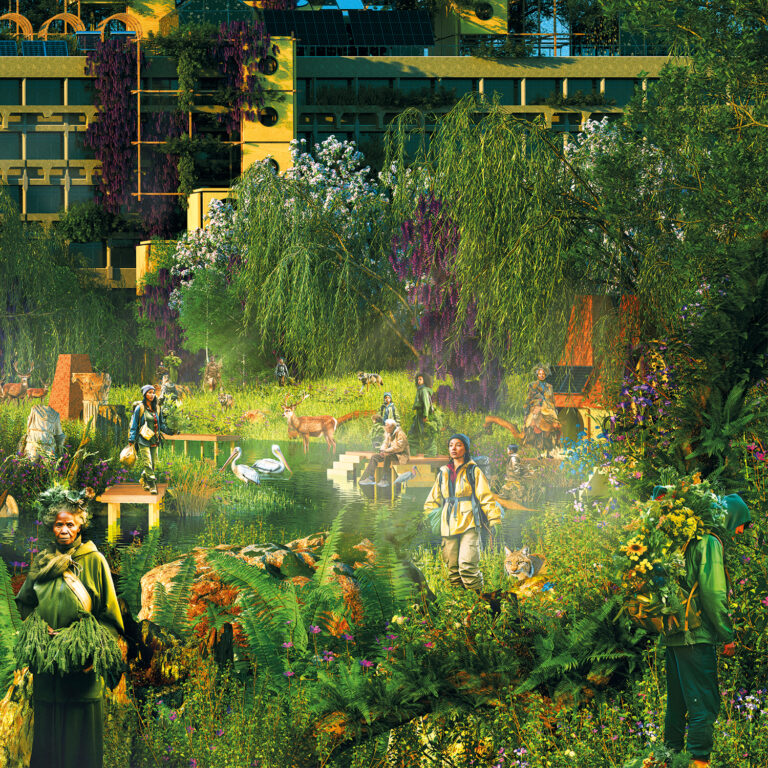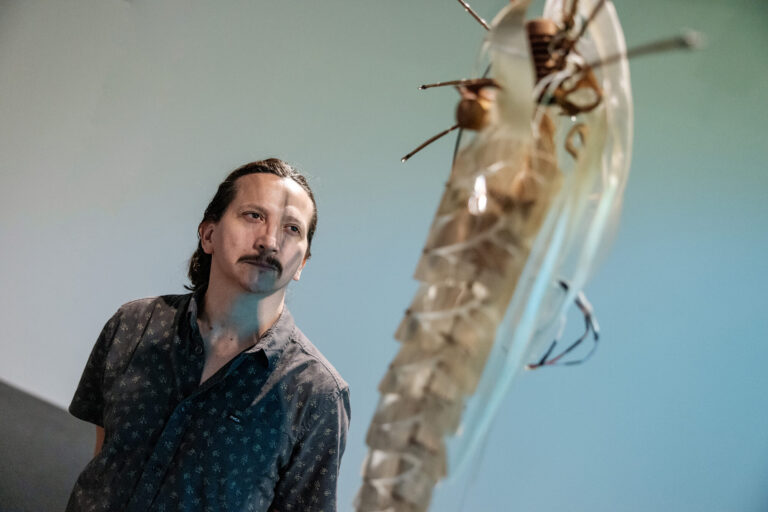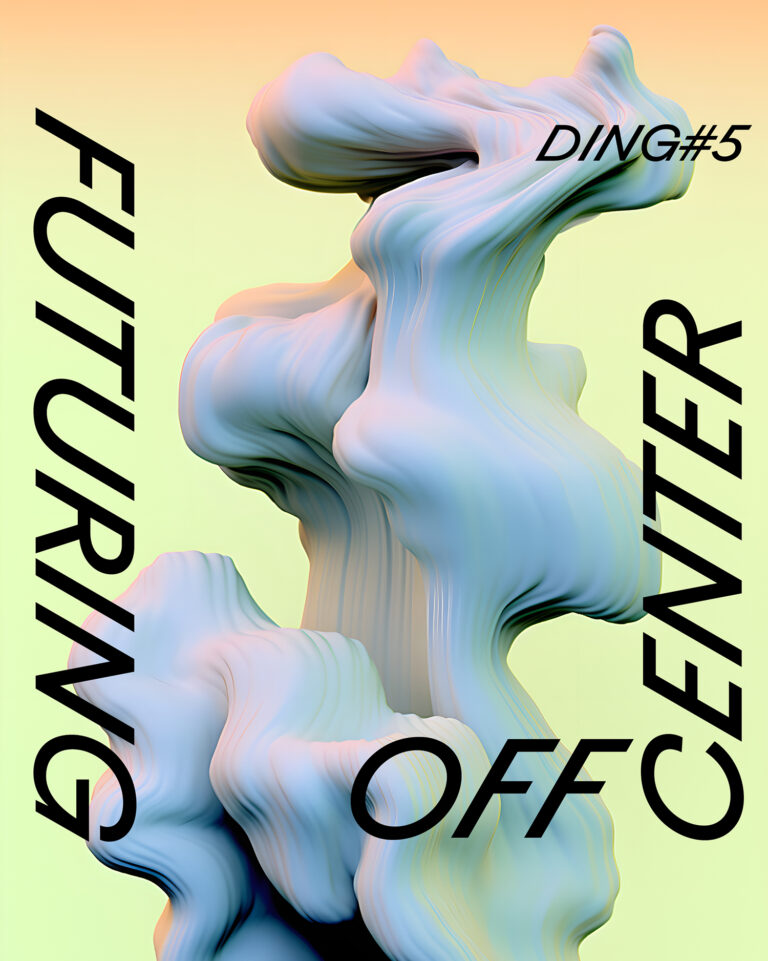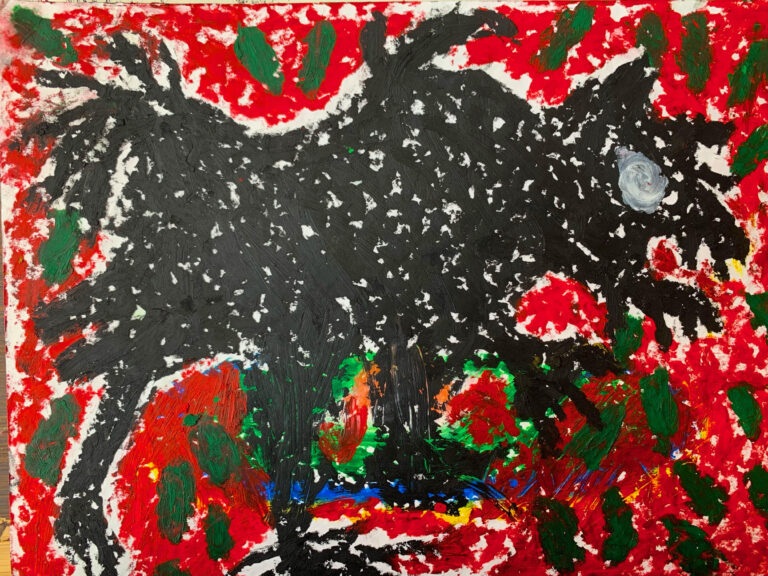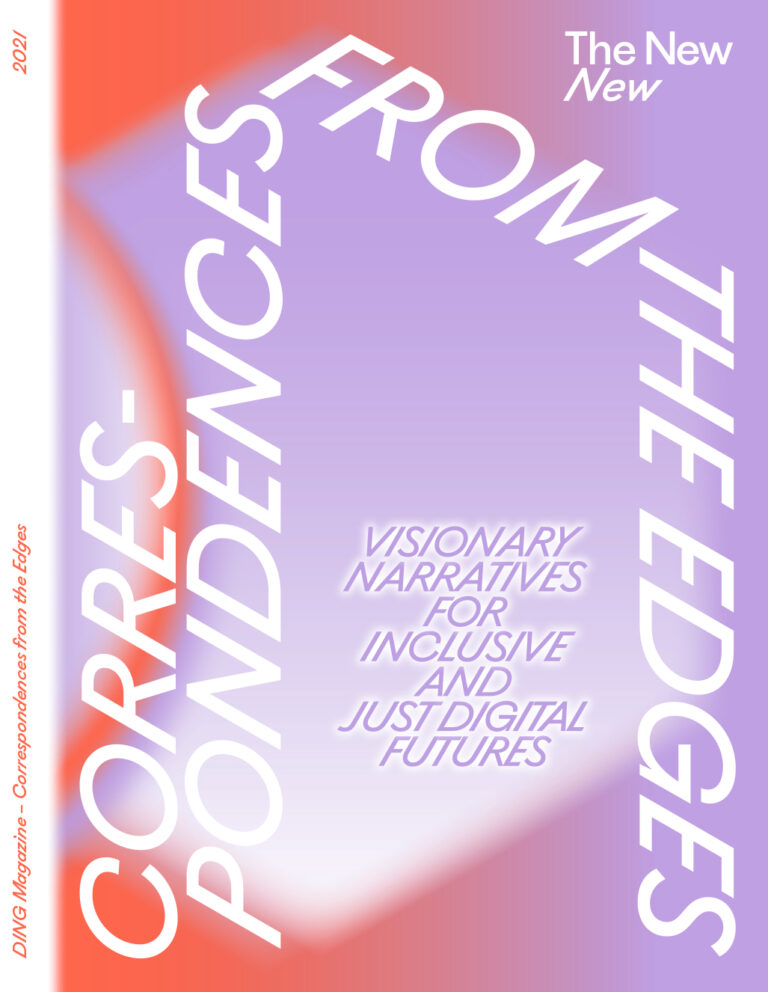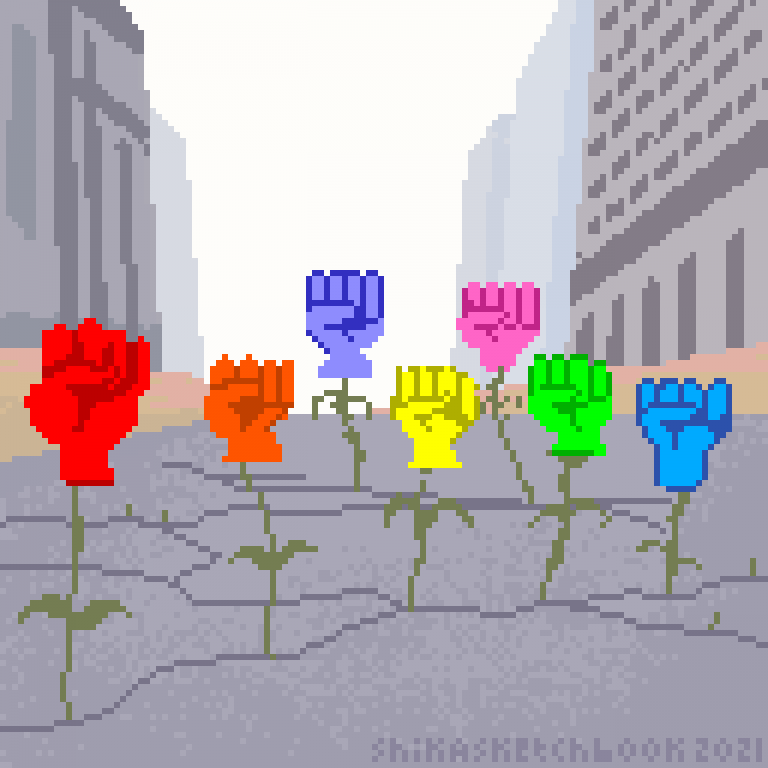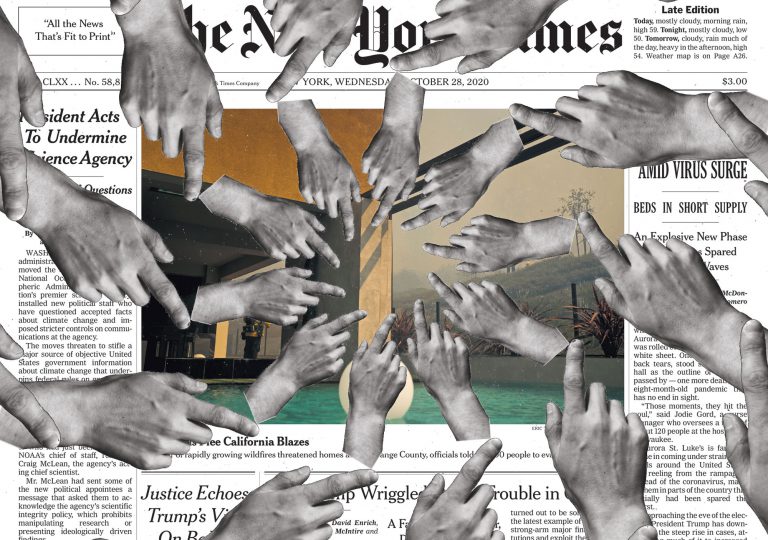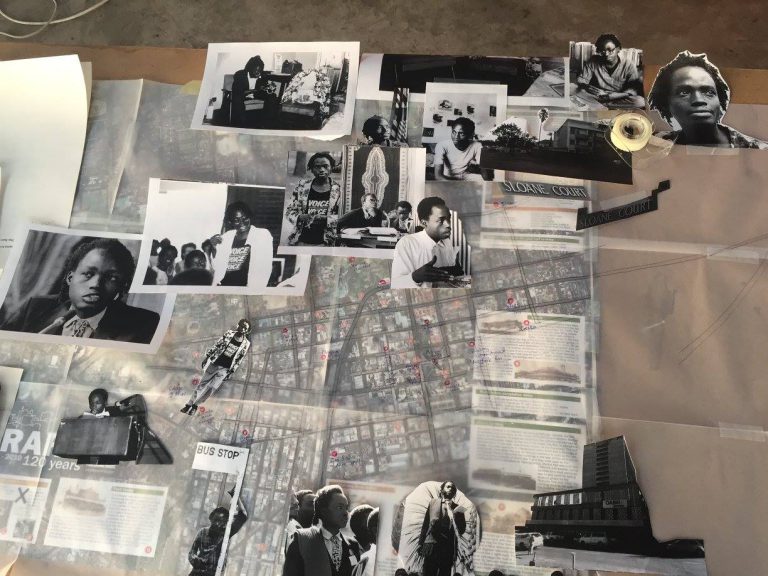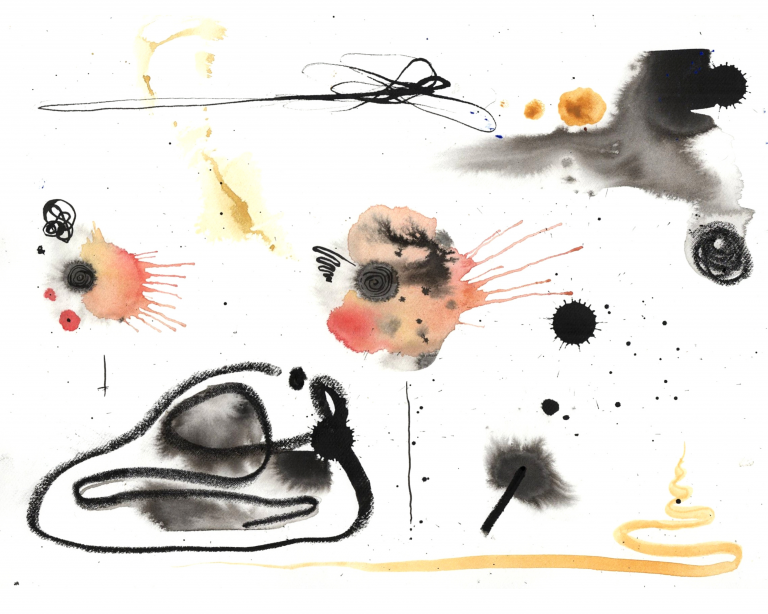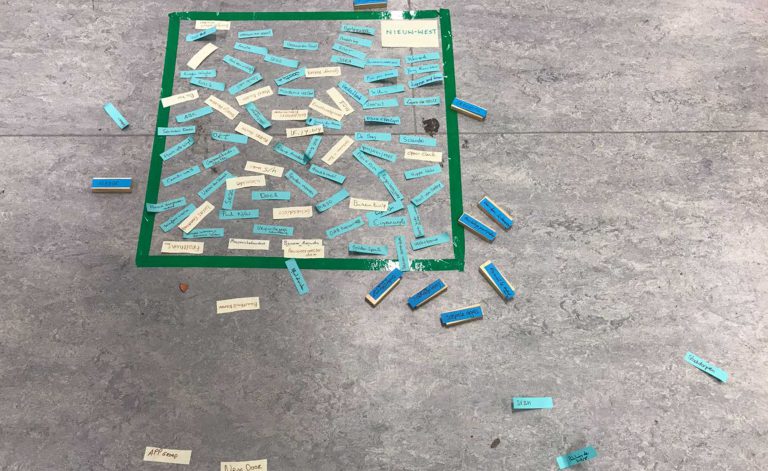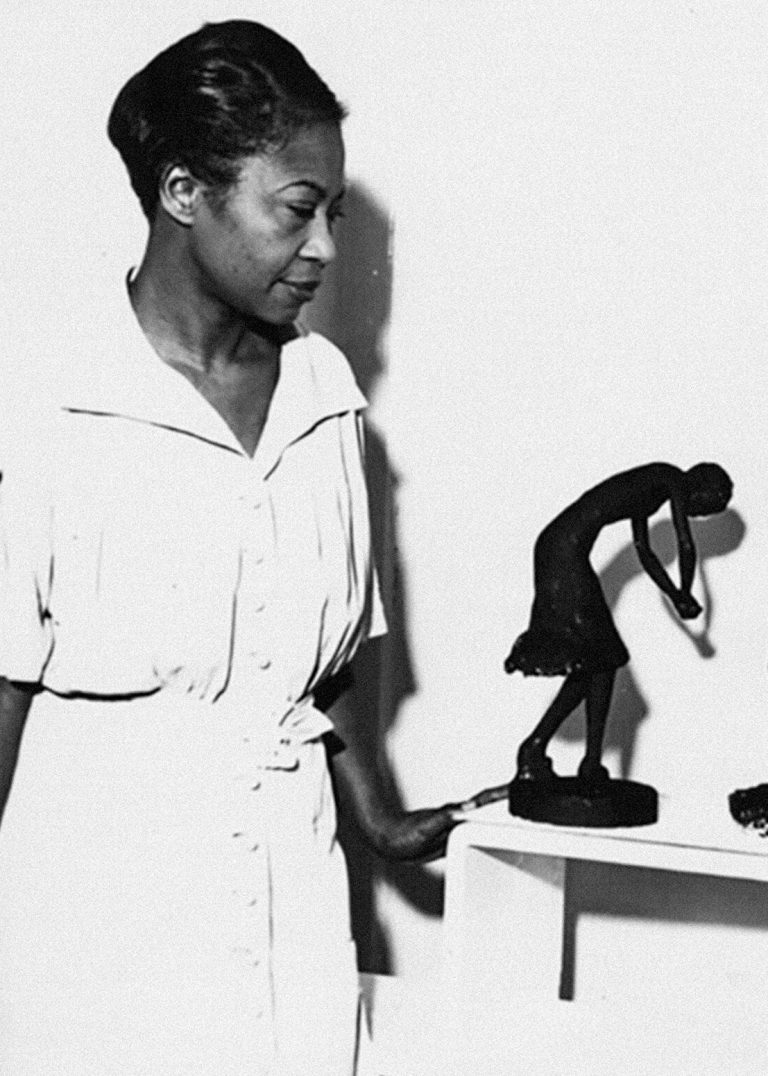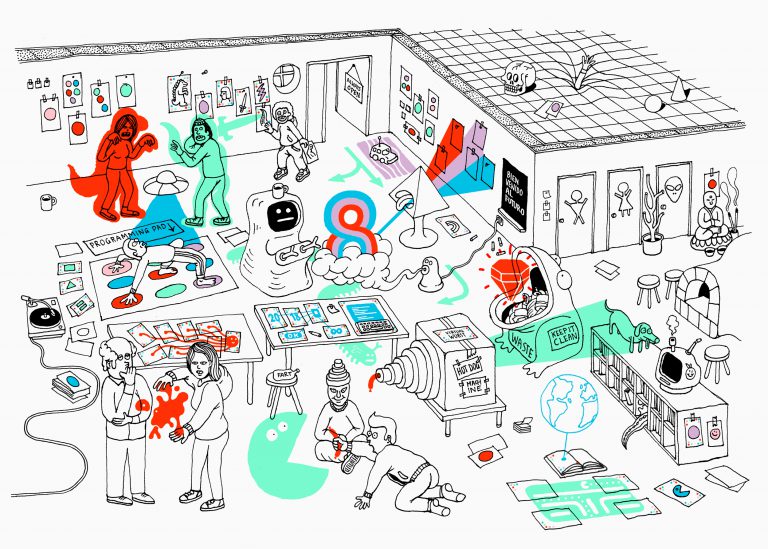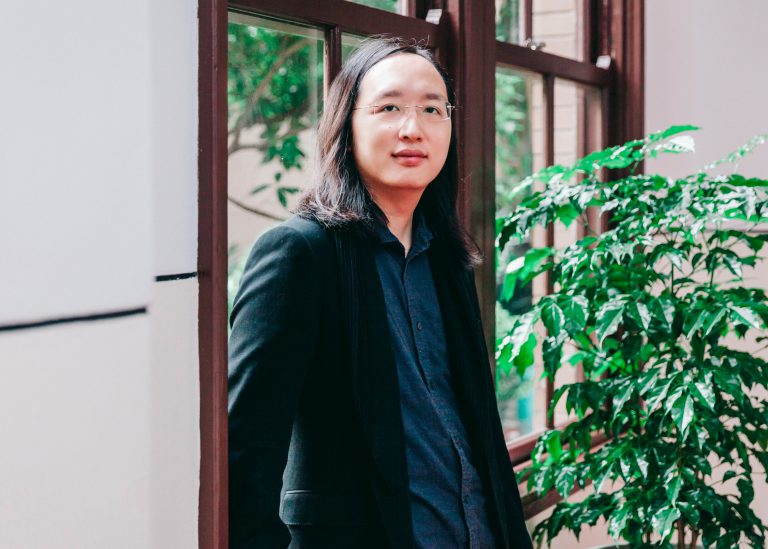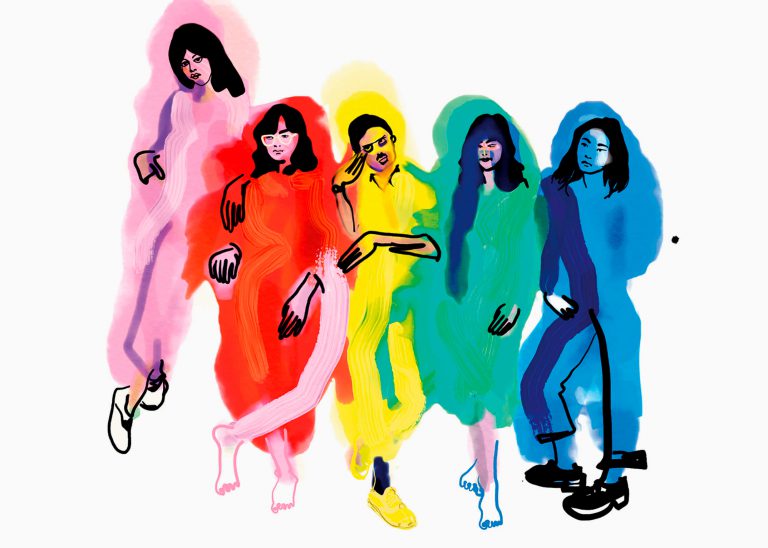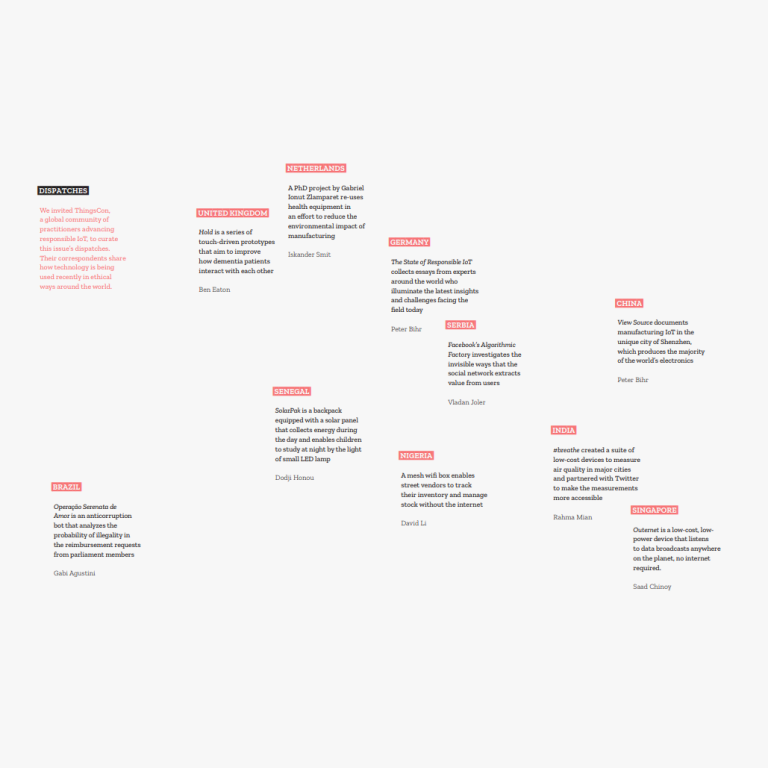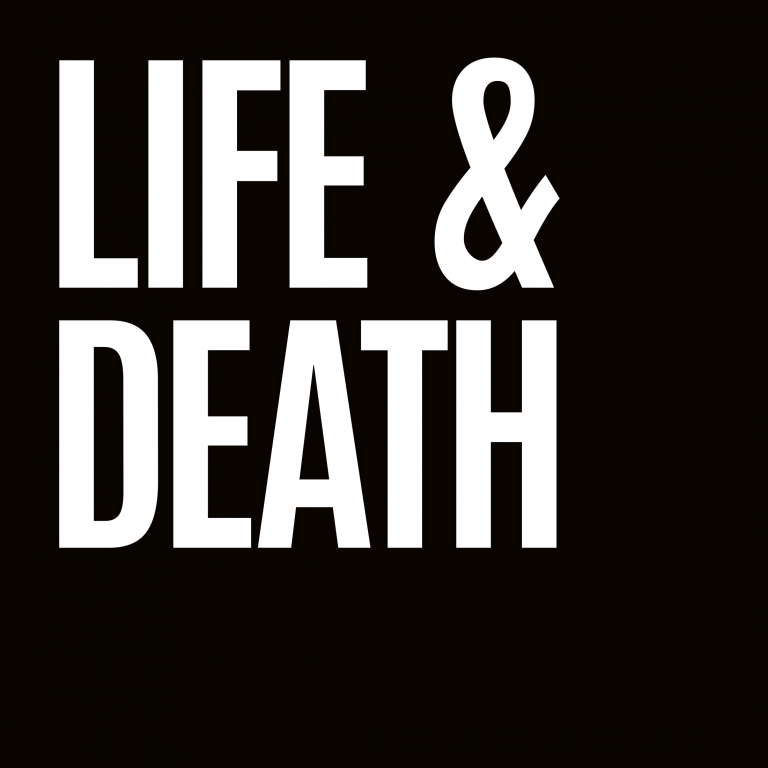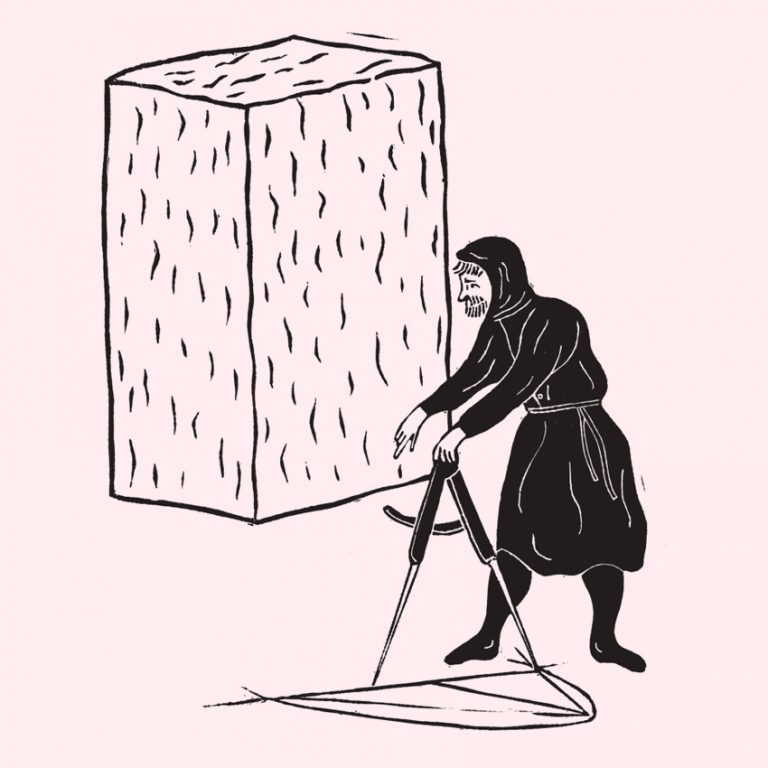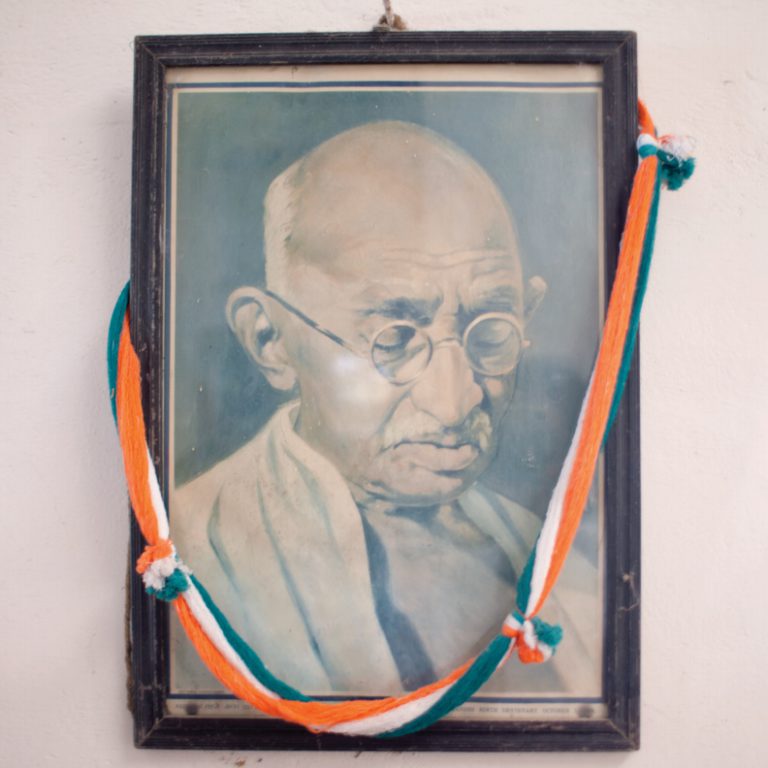I am trying to write about the future today, on November 12, 2020, when any future seems particularly unimaginable. Today, when the present and the most recent past—which happened just now, just several hours ago, which has been happening since yesterday evening, all night, until the present moment—is so overwhelming and so tragic. Your body and your thoughts are trapped in this moment of now—and it demands immediate action. Yesterday, a young man, Raman Bandarenka, an artist and a resident of one of the protest neighborhoods in Minsk, Belarus, was beaten to death by the cops. He died in hospital today, on November 12, 2020.
“And what we are left with are the aftermaths in which the present seems stricken with immobility and pain and ruin.”
Here I must take a pause to say that there is an uprising ongoing in Belarus against the government that has been in power for 26 years, since 1994. This uprising was preceded by occasions of historic public protest—against falsified elections, unpopular laws, economic crises and numerous acts of repression. The event which triggered the present uprising of such scale and endurance is considered to be the presidential election of August 9, 2020, which, having been falsified as usual, was accompanied by unusual circumstances and provoked massive protests that were met with unprecedented police and state violence.
One consequence of a history of failed protests in contemporary Belarus was that we believed the state system would change once a great mass of people gathered on the streets. But instead of a triumphant rupture, the revolutionary moment has now lasted over 110 days, raising doubts about the future.
But we also already live in the future—the future that keeps coming but never arrives. A future that stutters in constant anticipation of the post-, of the aftermath. Post-socialism is often criticized as merely a disguised future, one contaminated by the socialist past, playing never-ending catch-up to Western colonial temporality. It is this future which states the impossibility of any alternative futures, of any alternative to capitalism.
But we also already live in the future—the future that keeps coming but never arrives.
“I am looking at the book, lying in front of me on the surface. I approach the book as a surface as well, I notice the color of its cover—red.
The book is a document and a script, an ideological text and a score for collective affect. It stumbles over this mismatch of the past and future, which happens in the Future in the Past. Its tense is the Future Perfect Continuous, also sometimes called the Future Perfect Progressive. Meaning, that the activity will have begun sometime in the past, present, or in the future, and is expected to continue in the future.”
This fragment of performance-lecture recalls my experience of working in the National Library of Belarus while studying the concept of a socialist celebration through historical materials. Books, texts, images: I was struck and confused by their temporality, which I believe exceeds the common past time of a historical document and renders the socialist utopian future as it had been imagined.
In socialism, a collective imagination, festive and emotional—“the imagination of the masses”—was crucial to the creation and realization of visions of the future. To imagine was a political act. Today, in the post-time, the failure of the socialist utopian horizon appears joined by the arrest of Western political imagination. Political movement, as such, is experienced as a “slow cancellation of the future.”

Coming back from the march, I notice that my body is completely exhausted. Partly from the 12km walk—but more from a constant muscle tension caused by anxiety and extreme attention: spotting the places and moments the police may appear, noting the places to run or hide. Revolutionary time is the temporality of exhaustion.
The future, though, could only be canceled were we to have lived in linear time.
In the companionship of decolonial and feminist thinkers, we address post-socialism in the plural, as being non-unified and associated with multiple places, times and possibilities. We see postsocialist temporalities as queer, non-linear, propelled by multiple political desires, imaginaries and uncertainties. From such a perspective, the notion of a “catch-up revolution”—one which catches up to capitalism—that is commonly used to patronize and devalue political uprisings outside the West, becomes irrelevant.
“As a method, post-socialism complements the past conditional temporality of what could have been.”
Despite liberal and authoritarian claims that events never change anything for the better—and even more, that nothing will ever happen—we realize that an event is a rupture. It makes visible possibilities. We read about it, but also we sense it.
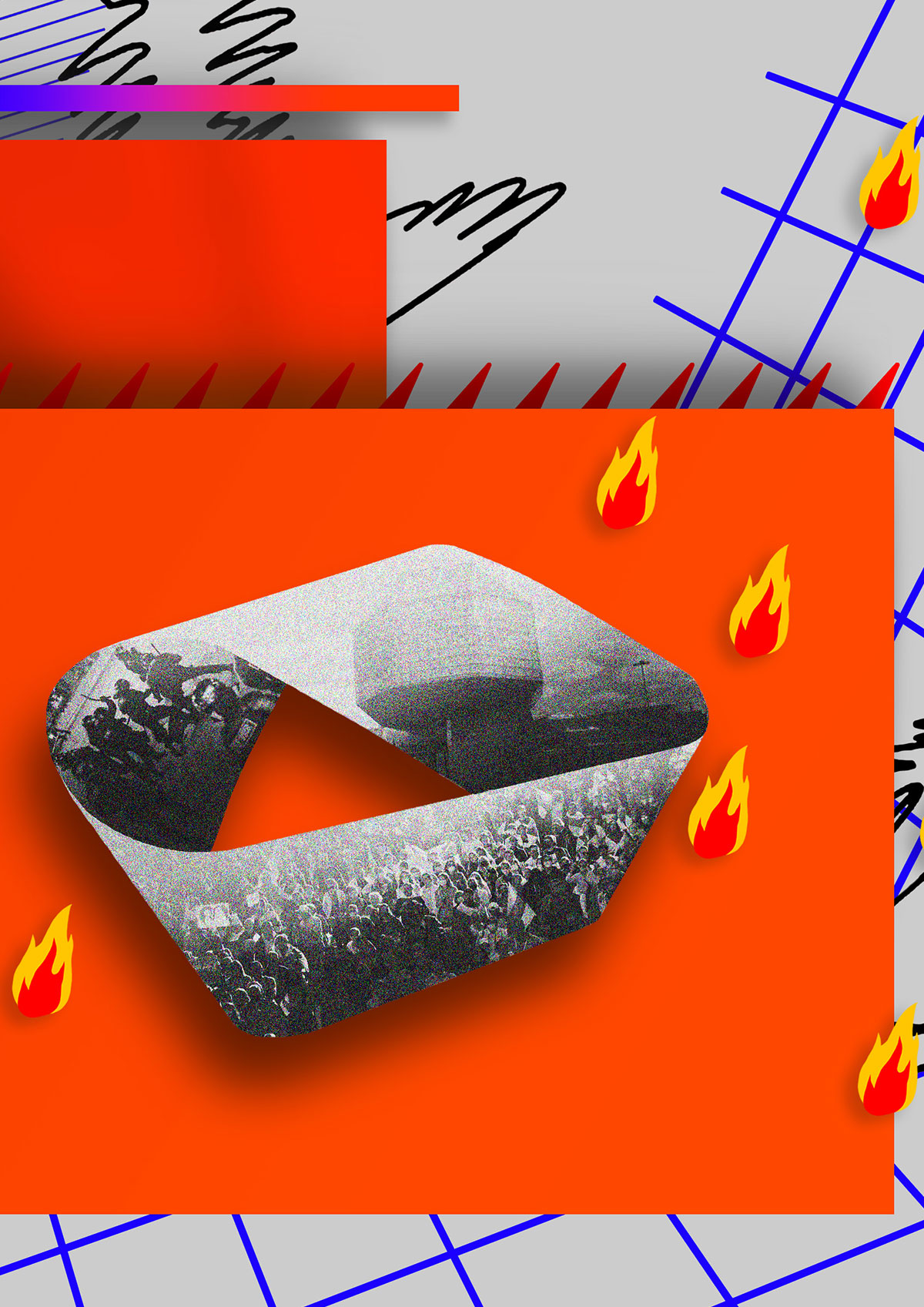
One day in October in Minsk, in the third month of the protests, we walked and talked with V. about her participation in the revolution, and then I wondered—when did the event start? Was it in 2015? When I was 12 or 18? When I walked out of the house, when I was hit, when I got angry, when I finally believed that another future is possible?
“The political subject is, then, the interval between the past event and the coming event.”
Another day, getting ready for a march, I wondered: when does the movement start? When I walk out of the room, when I walk out of the house, when I join a friend, when we join a column, when the columns unite, when we resist, hide, escape? In the left hip or in the torso?
Amid the corruption of legal institutes, for many of us here, bodily engagement seems to be the major resource and means of the struggle. With fragility and passion, protest choreographies guide our political imagination.
Once I didn’t make it to the march. The fear of just being outside paralyzed my body. I tried to move slowly, but not being able to adjust to the common speed of the march, I failed to catch it up. Being left behind the event, captured by bodily indecision, I felt that we all would fail eventually.
Yet again rereading writing by the dear dance scholar, I realize that quite literally, the political movement “must be learned, rehearsed […] practiced, and experienced. Again and again, and again and again, and in every repetition, through every repetition, renewed.” By moving, mourning, organizing, exhausting, refusing, celebrating together, we synchronously rehearse and exercise the future. Not simply the future we are striving to imagine. Not the future that, we fear, might not arrive. Nor the one for which we never have either time or energy in the drama and insistence of the present moment. But the future we already live, now.
“Can revolution have any other time but the present?”
The present we live through is not simply before or in-between. It is, rather, a profound and lasting temporal break, in which to practice the future now, an event of “enduring unfolding of affective connections, an ‘affect virus’ through which new socialities emerge.” It is the presence of solidarity networks, the presence of thousands of political bodies on the streets, in yards, in homes; the presence of political demands visible on every surface of public space.
I am attempting to write about the future again tonight, on November 15, 2020. When the only possible future seems to be the dark one, when the future seems to be a failed project. On the day of another mass protest march, which was made to look like it didn’t happen. Today, when I feel more than ever that to imagine the future is to struggle—a gesture of demand, the imperative of living the future now.
1. David Scott writes in his 2014 book, Omens of adversity: Tragedy, memory, justice about Grenada’s incomplete socialist revolution, smashed by a US military intervention in 1983. Cited in Neda Atanasoski & Kalindi Vora, ‘Postsocialist politics and the ends of revolution’, Social Identities no. 24 (2), 2018, 139-154. 2. Such as the COVID-19 pandemic, which was ignored by the state and instead addressed by the emergence of self-organized medical aid initiatives; such as the teams of the new, alternative candidates which united behind Sviatlana Tikhanouskaya in a joint election campaign that urged people to vote; such as the creation of multiple self-organized civil initiatives and digital platforms aimed at revealing electoral fraud. 3. Lately, acts of resistance in residential neighborhoods, often manifested in public space, have become as crucial as large-scale protests and demonstrations. Raman Bandarenka was killed after he non-violently attempted to prevent masked men, allegedly police in plain clothes and close associates of the state, from removing ribbons in protest colors from his yard. 4. ‘Citing sources’, a lecture-performance by Olia Sosnovskaya, 2019. 5. Mark Fisher, Ghosts of My Life: Writings on Depression, Hauntology and Lost Futures (Hampshire: Zero Books, 2014). 6. Neda Atanasoski & Kalindi Vora, ‘Postsocialist politics and the ends of revolution’, Social Identities no. 24 (2), 2018, 139-154. 7. Ibid, p.6. 8. Alain Badiou with Fabien Tarby, Philosophy and the Event (Oxford: Polity Press, 2013). 9. In 2015, the so-called Presidents’ Decree “against social parasitism” was issued in Belarus. Residents who hadn’t been officially employed for more than 183 days in a year were obliged to pay a tax of around 200 USD. A number of mass protests followed and the law was eventually lightly edited. 10. Alain Badiou with Fabien Tarby, Philosophy and the Event (Oxford: Polity Press, 2013), p.13.11. André Lepecki, ‘Choreopolice and Choreopolitics or, the task of the dancer’, The Drama Review no. 57 (4), 2013, p.15.
12. Susan Buck-Morss, Dreamworld and Catastrophe: The Passing of Mass Utopia in East and West (Cambridge, Mass, London: The MIT Press, 2000), p.144.
13. Isabell Lorey, ‘The power of the presentist-performative: on current democracy movements’ in A Live Gathering: Performance and politics in contemporary Europe, ed. by Ana Vujanovic, Livia Piazza (Berlin: b_books, 2019), p.38.
14. Tina Campt, Listening to Images (Durham, London: Duke University Press), 2017, p.17.
